

NFT’s, BitCoin and The MetaVerse have taken the internet by storm, with news articles telling us that this is the next big thing and to invest as soon as possible. The fashion industry is following the trend closely, but is it just a passing phase or is it here to stay?

I’m not sure about anyone else, but my online shopping habits have gotten way out of hand With the average millennial spending 233 minutes on their phone every day, it’s no surprise we spend hours scrolling on apps like ‘Vinted’ and ‘Depop’ searching for pieces to add to our evergrowing wardrobes What if i told you the days of browsing for second-hand clothing and waiting for packages to arrive are long gone, as you may never need to physically wear a garment again. Cyber Fashion is the new phenomenon with companies like ‘Tribute’ and ‘Carlings’ giving consumers the opportunity to buy virtual clothes and showcase them on their social media without even having to get changed No more photoshop fails, if you’re having a bad hair day, buy a virtual hat!

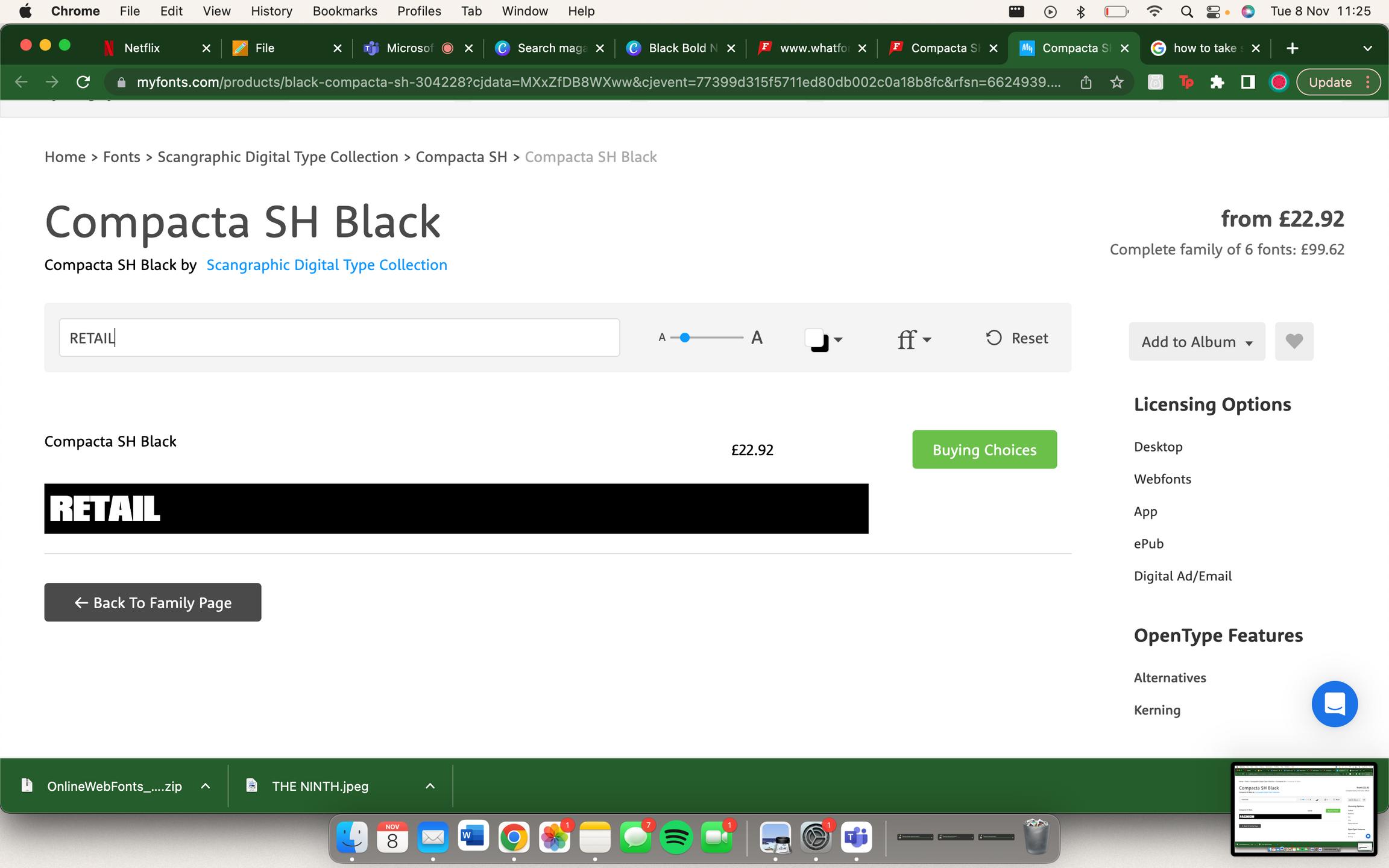
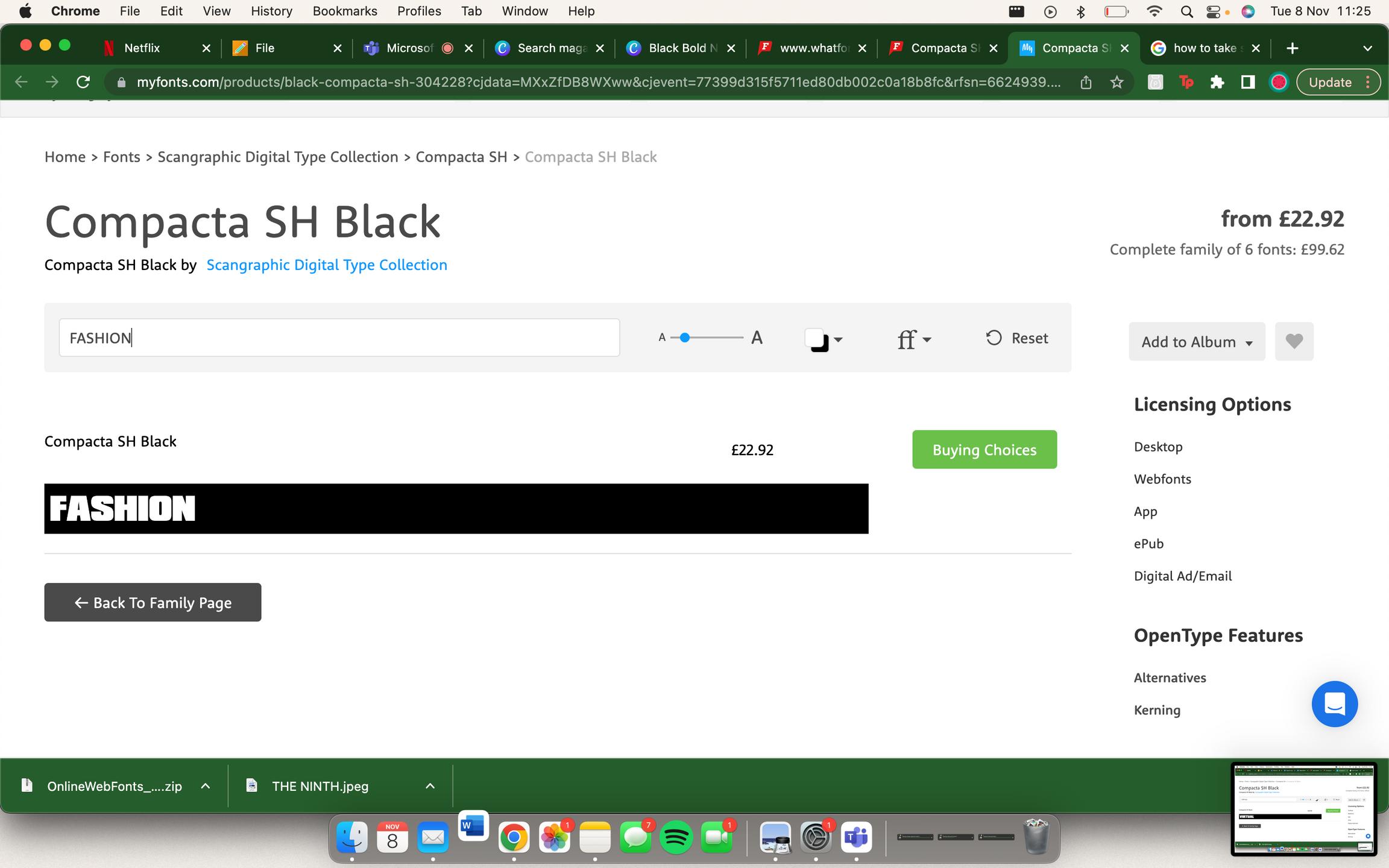
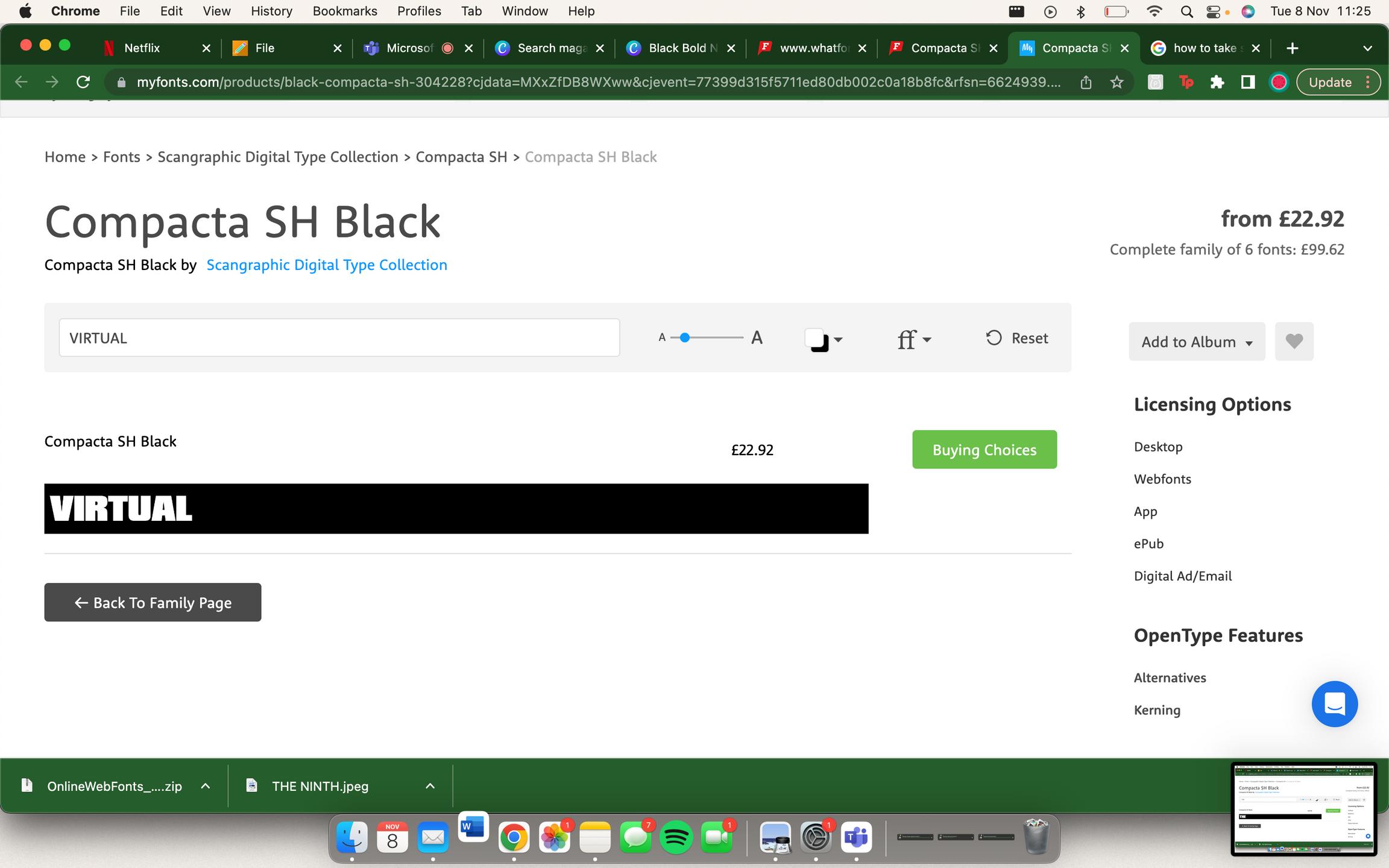
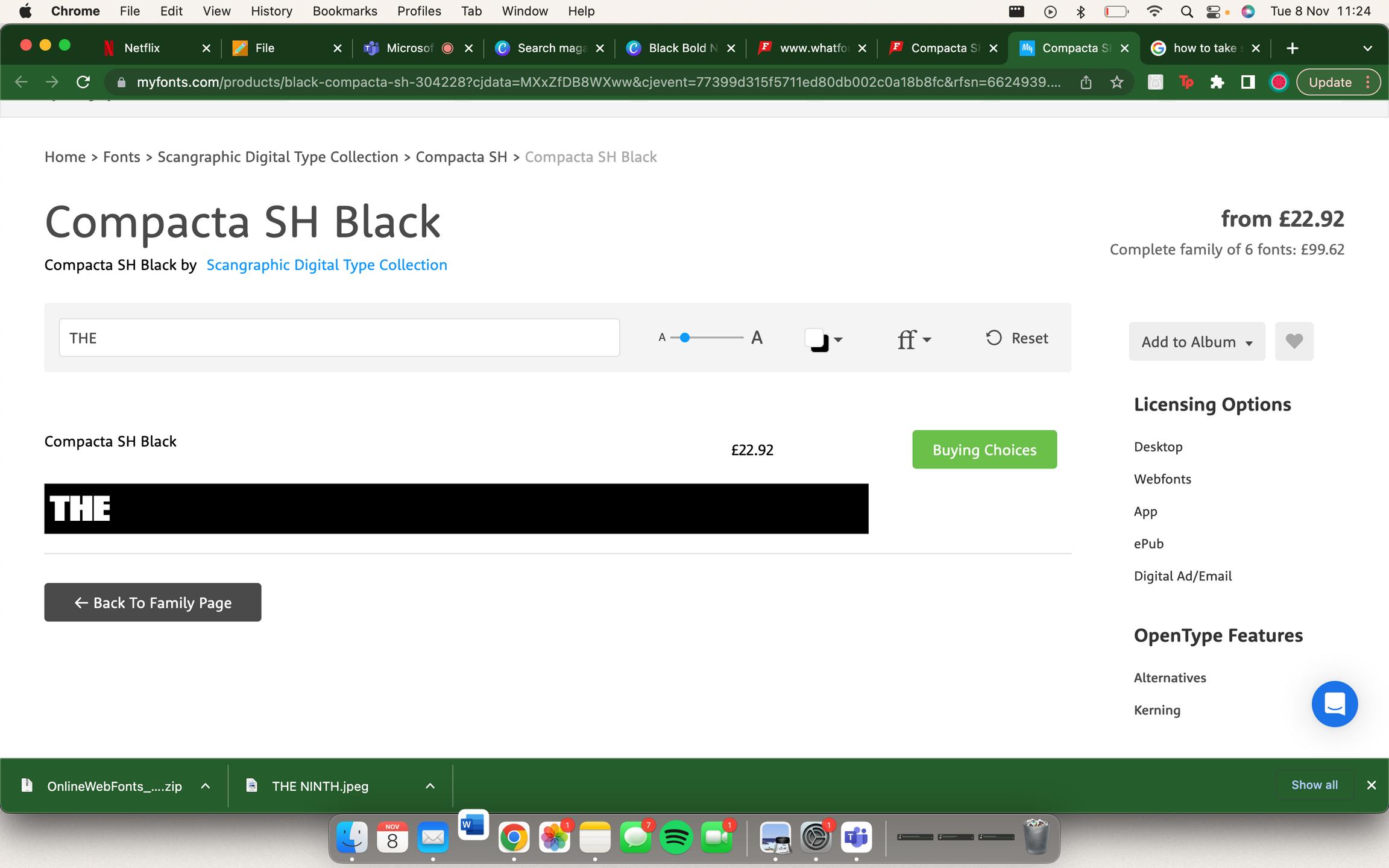
We have already seen the huge impact that Virtual Fashion has had on the industry so far with ‘Brand Created Destinations’ including luxury brand collaborations such as Gucci x Vans in Roblox and the Balenciaga x Fortnite collection With many companies following in their footsteps and capitalising on in-game ad on’s and exclusive garments, Morgan Stanley estimates that the MetaVerse could make up 10% of the luxury goods addressable market by 2030 (CoinDesk 2022). This would be a big achievement for the virtual world, I think that we are likely to see more brands getting involved and potentially even having their own subsections added to popular gaming worlds in the near future
One of the big reasons this new Era of Fashion is so appealing to fashion brands could be due to the huge amounts of data they can access from consumers as they try on clothes and interact with friends in virtual changing rooms. This can all be transferred into invaluable data for the brand such as, how much of an impact lighting and surroundings have on purchases made in the virtual environment, making it a lot easier for companies to predict buying habits and improve their conversion rates However, this isn’t a new thing for brick and mortar stores who have been using Radio Frequency Identification (RFID) technology for almost 20 years now RFID is made up of a unique identification number which is assigned to a specific garment, this can then be used to provide a lot of practical information in all areas of the company. In-store, this technology can be used to determine which products are being tried on the most and which items are the least popular styles, based on this data it can recommend other garments to the consumer and provide them with personalised choices This technology is also frequently used in logistics and the supply chain to keep track of products in the warehouse and make stock-take easier A lot more companies are now investing in RFID as it is both low cost and easy to manage. Similar to RFID there is another Retail Technology that makes the in store shopping process easier for both staff, and consumers Identification Recognition (IR) is the use of Infared sensors over store doors and cash registers, this data provides information about waiting times and the amount of people in store improving store experience as well as the accuracy of conversion rates This would have been a really useful technology during Covid 19 as managing store capacity was something stores really struggled with..
If virtual items aren’t your style but you’d still like to have your in-store shopping experience elevated, the clever use of Augmented Reality (AR) and Virtual Reality (VR) have been slowly making their way into stores all across the country High street brands such as ‘Zara’ have had interactive elements in their brick and mortar stores for a while, mainly being scannable QR codes that link to their website. Out of fear of not being left behind, brick and mortar stores have since been introducing ‘Magic Mirrors’ to the consumer experience, in order to bridge the gap between virtual and in-store Hauswiesner says, these are “smart mirrors which allow you to access the entire inventory of the retailer” (Forbes 2022 ) This was a major issue for brands between in store and online retail as consumers did not have access to all the stock that was online, this eliminates the store having to hold all stock as the consumer can still ‘try it on’ in store without a physical garment A recent study called ‘The Future of Shopping’ found that out of 20,000 people 35% would visit a store, specifically if it had interactive elements such as a Magic Mirror that let them try products on before buying Clearly the virtual elements are an exciting addition to brick and mortar stores and might be able to save them from getting left behind by the virtual world
In more recent news brands are taking online shopping to the next level The make up giant ‘Charlotte Tilbury’ has developed a virtual experience in which you can invite friends to join you whilst you shop via a zoom-like platform, perfect for people (like me) who need a second opinion before they make a purchase We have also seen the company ‘FaceCake’ who have created an Infinite Virtual Wardrobe that allows consumers to build an ever-growing wardrobe with both garments and jewellery and virtually try them on The Artificial Intelligence using platform also gives users personalised style recommendations meaning they don’t have to scroll through Pinterest for hours trying to find pictures of Hailey Bieber for style inspiration I really enjoy the social elements that are being brought into online shopping, and i think we will definitely see more of that as the MetaVerse becomes more accessible and people spend their time virtually interacting with others
The MetaVerse comes as great news for all the conscious consumers, as there is evidence it will help retailers reduce the huge waste that is generated by handling returns In 2021, these retailers return rates were almost 17% of all goods sold, estimating to cost around $218 Billion As to be expected, both delivery and logistics come with an environmental charge but the level of fast fashion and people buying garments so casually is having a detrimental impact Generation Z are definitely more socially aware and care more about of environmental impact and working conditions of the retailers they are purchasing from 75% of consumers aged 19-25 have said it would have an impact on their buying habits The introduction of virtual dressing rooms could result in a huge reduction of waste, as they would allow consumers to see the garment on their body type and eliminate any clothes that are ‘unflattering’ or do not fit how they want it too I think this is coming at the perfect time for Gen Z’s as customisation is so important and they ‘want their world individualised’ Clodfelter 2012. This new phenomenon could potentially play a huge part in helping to reduce the impact fashion has on the environment.


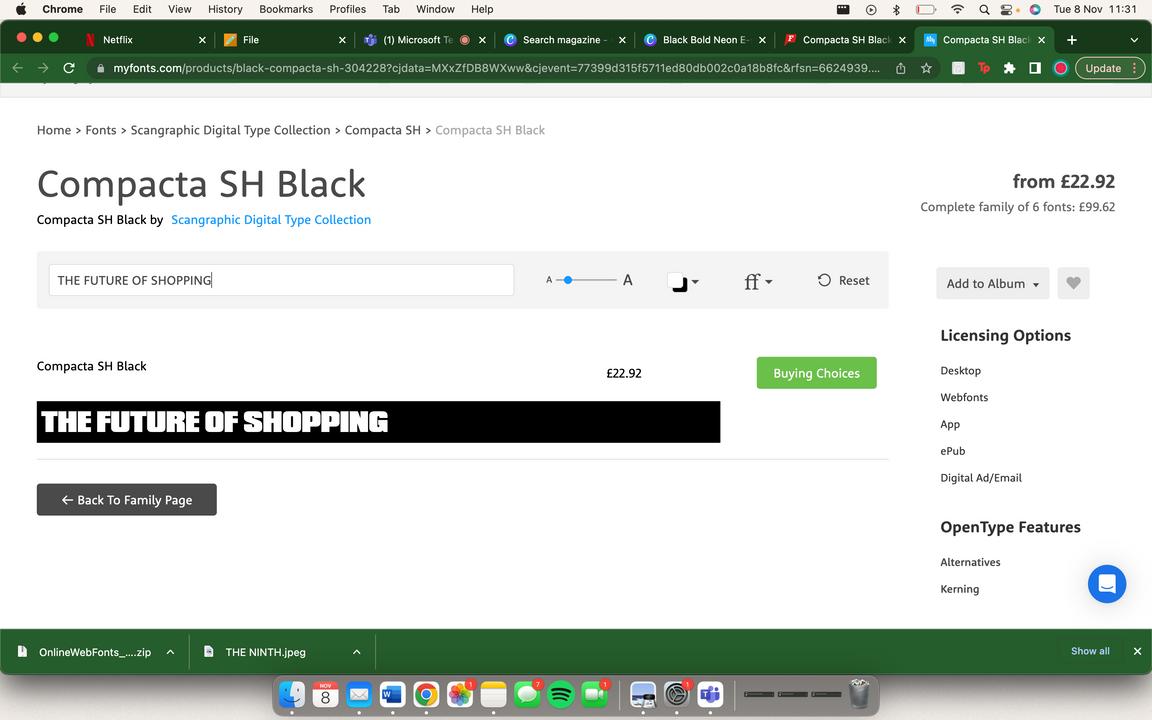
Over the last few years, we have also seen the development of other Retail Technologies. Self checkout’s are one that have completely overhauled the shopping experience, giving consumers control over their shopping experience as they are able to scan, bag and pay for their products themselves. The new feature also reduces queue times as there are multiple self service desks. This has since developed into ‘Scan and Go’ which was first adopted by Jeff Bezos and his ‘Amazon Go’ store. This new experience allows customers to completely cut out the check out process, Jeff Bezos said “Go stores are a prime example of Amazon’s effort to delight customers, as checkouts are the worst thing about physical retail”. How the new concept works is the customer scans their smartphone when entering the store, pick up the items they want and then leave. Scan and Go technology allows the store to know the exact items they have taken and charge their accounts automatically, sending them a virtual receipt. This allows Amazon to tailor their marketing strategies and gain valuable insights into consumer purchasing habits by tracking their activity at the ‘Amazon Go’ stores.
The Fashion industry has come so far in the last 10 years, and this new virtual opportunity is very exciting and nothing like we have seen before. I am looking forward to seeing if high street retailers get involved and how they put their own spin on things. We are also getting to see the younger generations getting involved with big brand names in the fashion industry, for example ‘Gucci Town’ in Roblox. The new generation have grown up online so it only makes sense for their first interactions to take place in a virtual world. I think if the MetaVerse works well it will change retail forever, I just hope that brick and mortar stores don’t get left behind as it would be nice to still have the option to shop physically as well as online. Will you start shopping virtually? or do you prefer the more traditional methods? Personally i’m embracing this change in the industry but i will not be purchasing virtual clothes, although it would save a lot of room in my closet!
Molly Jeffs